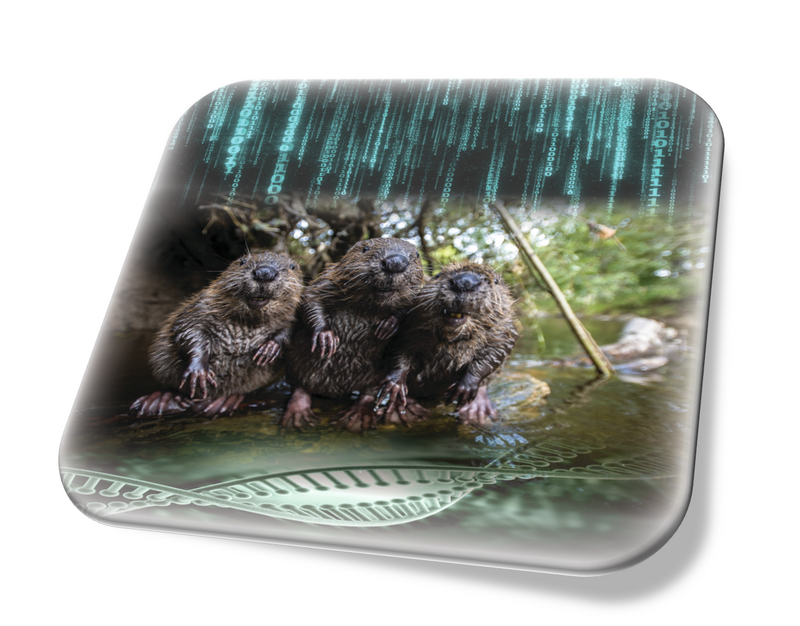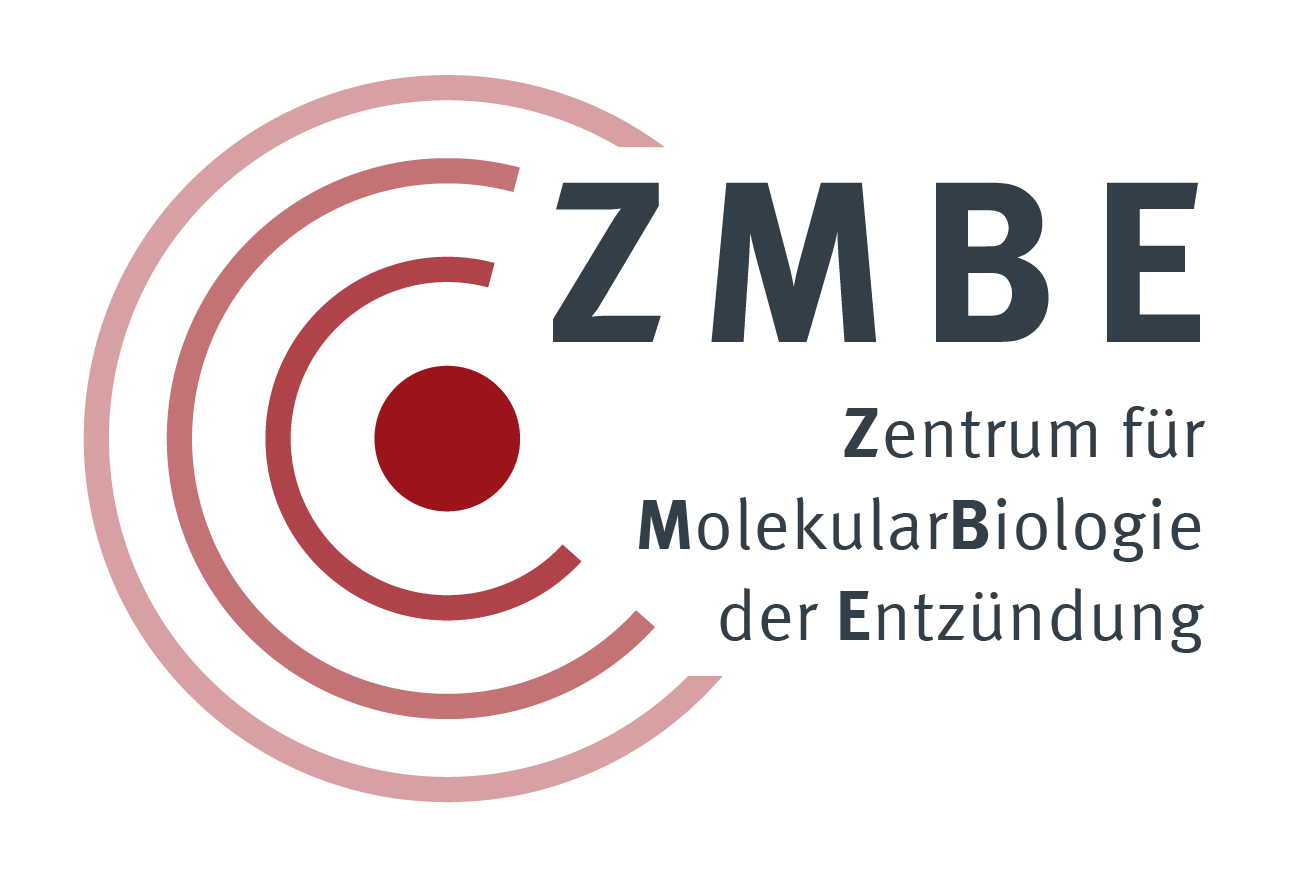Software Development

examining the phylogenetic relationships among and within different clades of eukaryotes. In
mammals, many phylogenetic questions have already been resolved using insertions of
retroposons as phylogenetic markers. However, only a few laboratories in the world have
successfully and efficiently applied retroelements to investigate evolution. The most problematic
task is screening genomic data to select from hundreds of thousands of retroposons inserted in
conserved genomic loci the few that can provide reliable phylogenetic results. Profound knowledge
of the nature of different retroelements and high-throughput bioinformatic support are essential for
these studies. Very few bioinformatics tools are available to support this area of research. During
the last decade, our group collected a lot of experience and developed strategies for using
retroelements as phylogenetic markers. In our preliminary work, we developed several
computational, high-throughput strategies and applied those to retrophylogenomic reconstructions.
With support from the DFG, we have started to convert our knowledge into bioinformatic
applications. We already make available the TinT and GPAC tools, requested by scientists for
selecting retroposon elements as potential phylogenetically informative markers. We intend to
derive a modular, bioinformatic framework for planning retrophylogenomic projects based on
retroposon markers and for analyzing the presence/absence patterns of retroelements obtained in
experimental and in silico research. We plan to make these tools freely available for the scientific
community and to integrate them in the framework of world-wide active genome-sequencing
projects.


